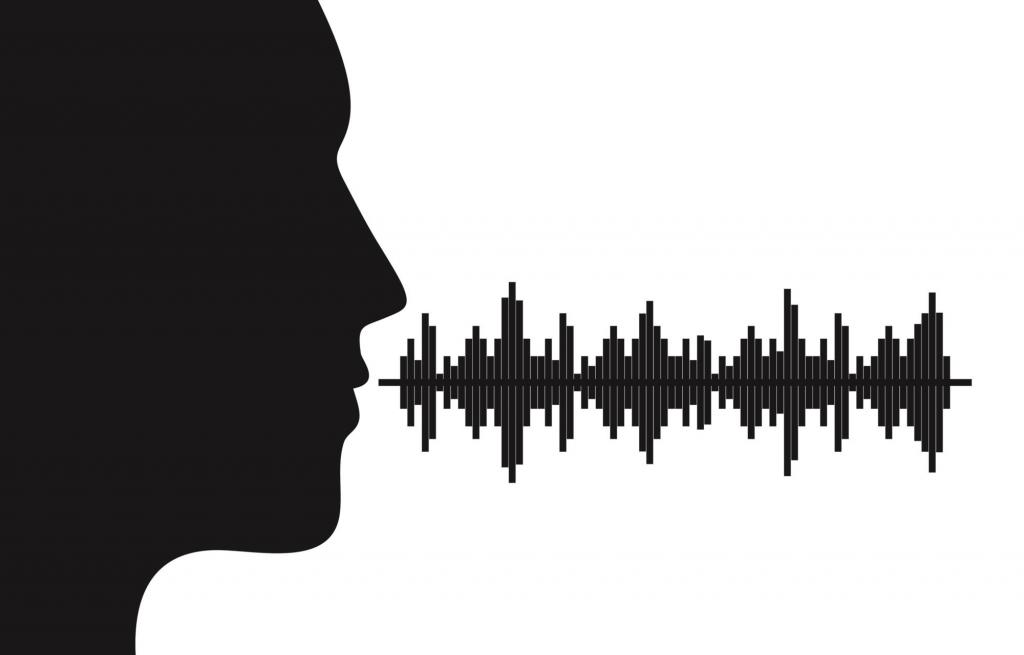Good morning, all of you! Today, it will be some sort of an informal talk on a very interesting issue: how the speech recognition technology https://lingvanex.com/ is going to revolutionize education, especially in the remotest corners. It’s definitely not a gadget’s play, rather a real game-changer at places where one finds it really hard to go with conventional education.
Bringing Classrooms to Life, Anywhere
This means that while one may be living in a remote village, there can be a school some miles away. However, with speech recognition technology, such students can now learn from wherever they are. More like having a teacher on standby all the time to take up spoken questions from the student and take them through the lessons.
Overcoming the Barrier of Text-Based Learning
This, therefore, becomes a challenge in many of the outlying areas. Speech recognition breaks this barrier, since it aids in learning to speak and listen. It is a more natural learning method for most students, especially those just beginning reading and writing.
Personalized Learning Experiences
Every student is a different learner. In using speech recognition, https://lingvanex.com/translation/english-to-japanese tech learning is tailor-made to serve the individualized needs in a personalized manner. It is, in fact, using a form of tutoring at one’s beck and call who is well-conversant with what each student requires and at what time that will benefit him or her most.
Making Education Accessible in Local Languages
Perhaps the most wonderful thing about such software, and truly these days, is that it can be available in various languages. So, this is the reason that makes it available that the students may get to learn these languages, which aren’t widely supported in traditional educational resources.
Streamlining Administrative Tasks for Teachers
For example, resources are minimal in outlying schools, such as teachers. Among these administrative works that will be used to transcribe oral exams or assignments is grading, taking off more time when it would be possible for the teacher to provide one-to-one interaction between teacher and student.
Encouraging Interactive and Engaging Learning
Honestly, the type of learning is bound to be boring where it is from a book every other time. Such interactive and embracing forms of education could use speech recognition, such as students learning a language by speaking to a virtual assistant or learning math by speaking to a game that has a voice command. The Challenges: Connectivity and Accuracy To be sure, there are challenges. For example, the issue of reliable internet connectivity can be so problematic in the backcountry. Then, the fact that speech recognition is not very accurate, mostly due to the many accents and dialects. But that’s now changing, and the potential payoff is huge.
In Conclusion
This is speech recognition technology, which has the capacity to completely revolutionize remote area education. It is through making the task easier, much more personal, and engaging, by bringing it into a life form. It doesn’t mean the technology is only serving the purpose of education. It illuminates so many doors for the opportunity of those students who were left behind. Cheers for a time when each student gets a chance at the education they deserve, wherever they are.

